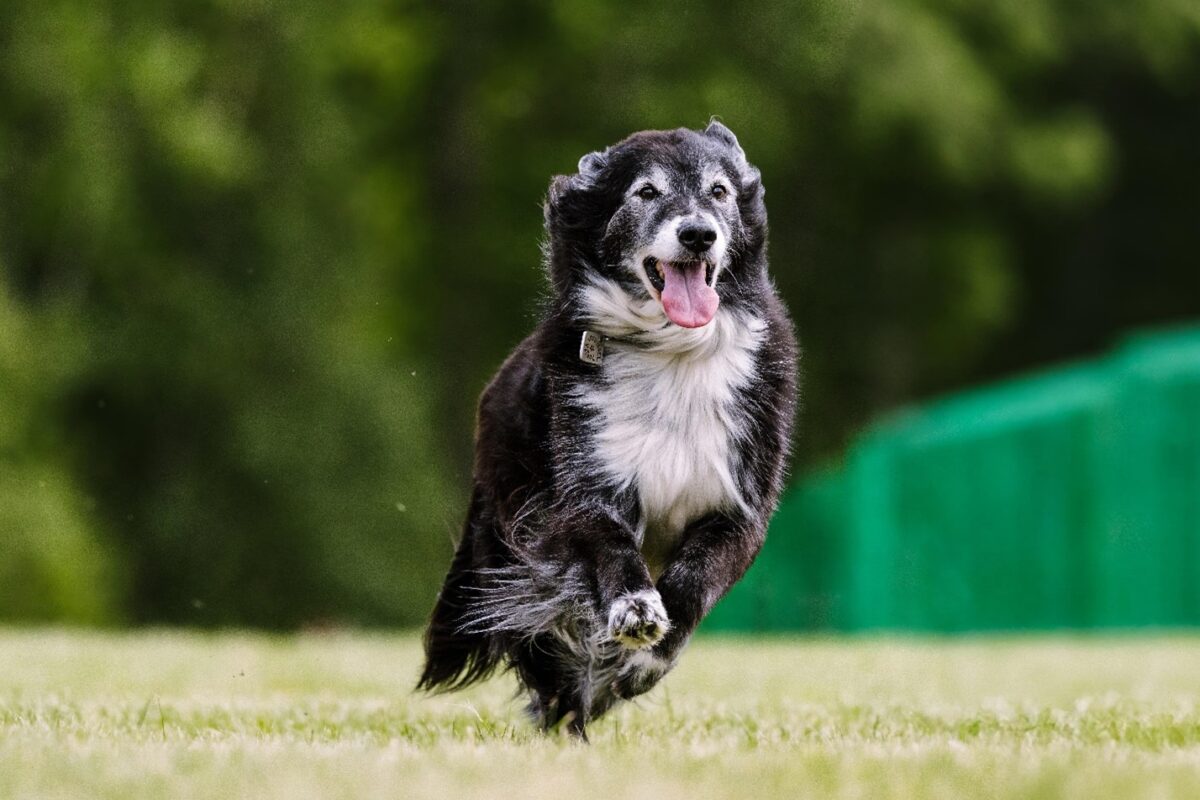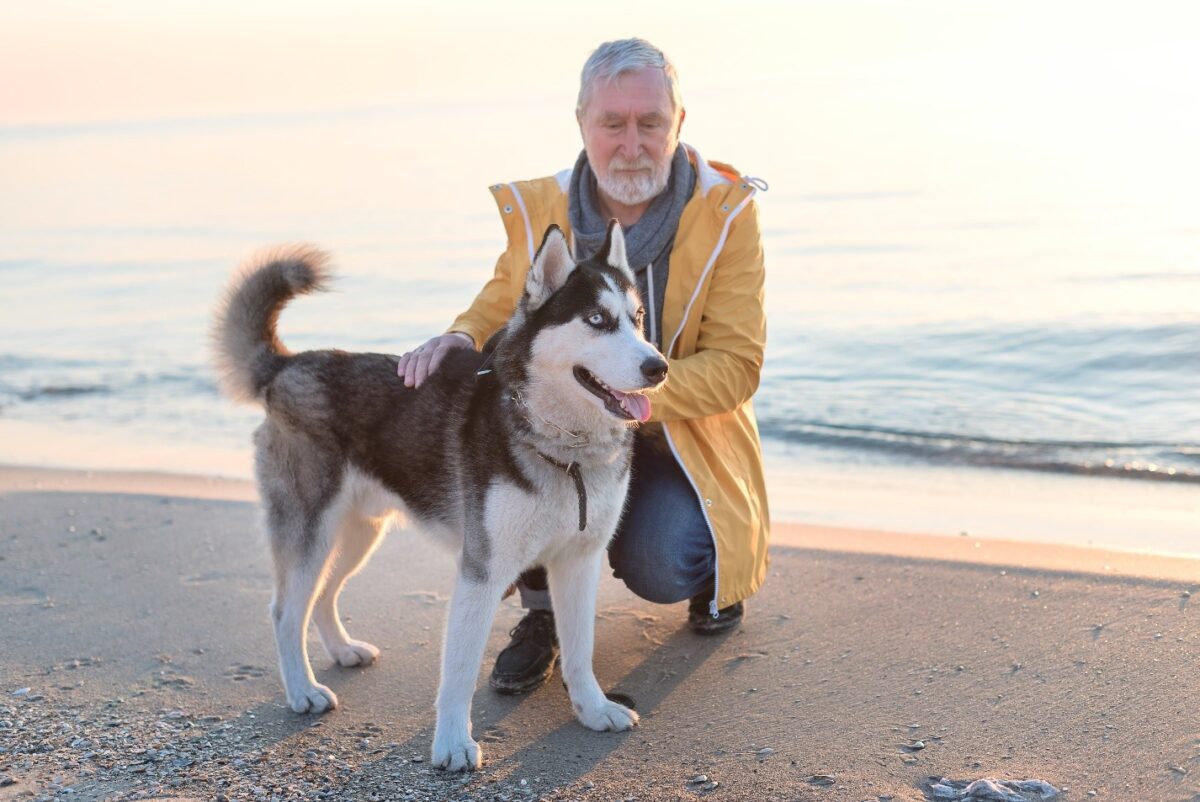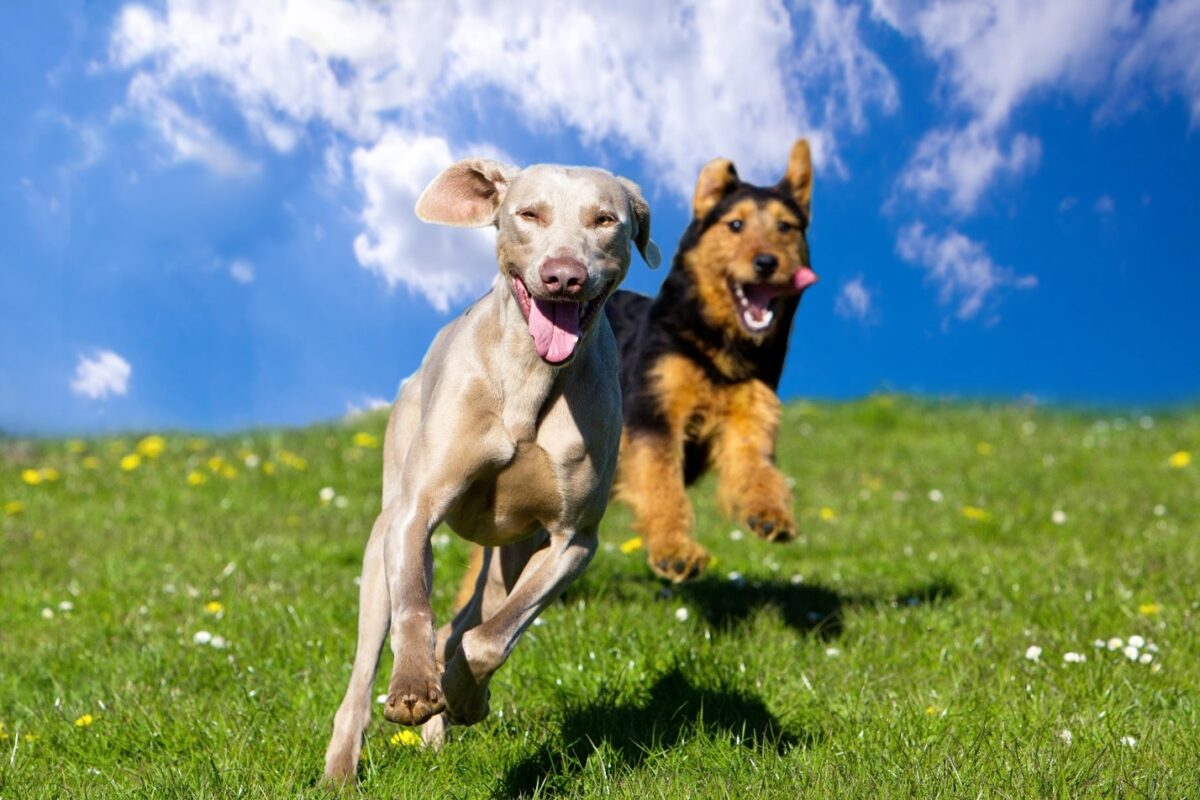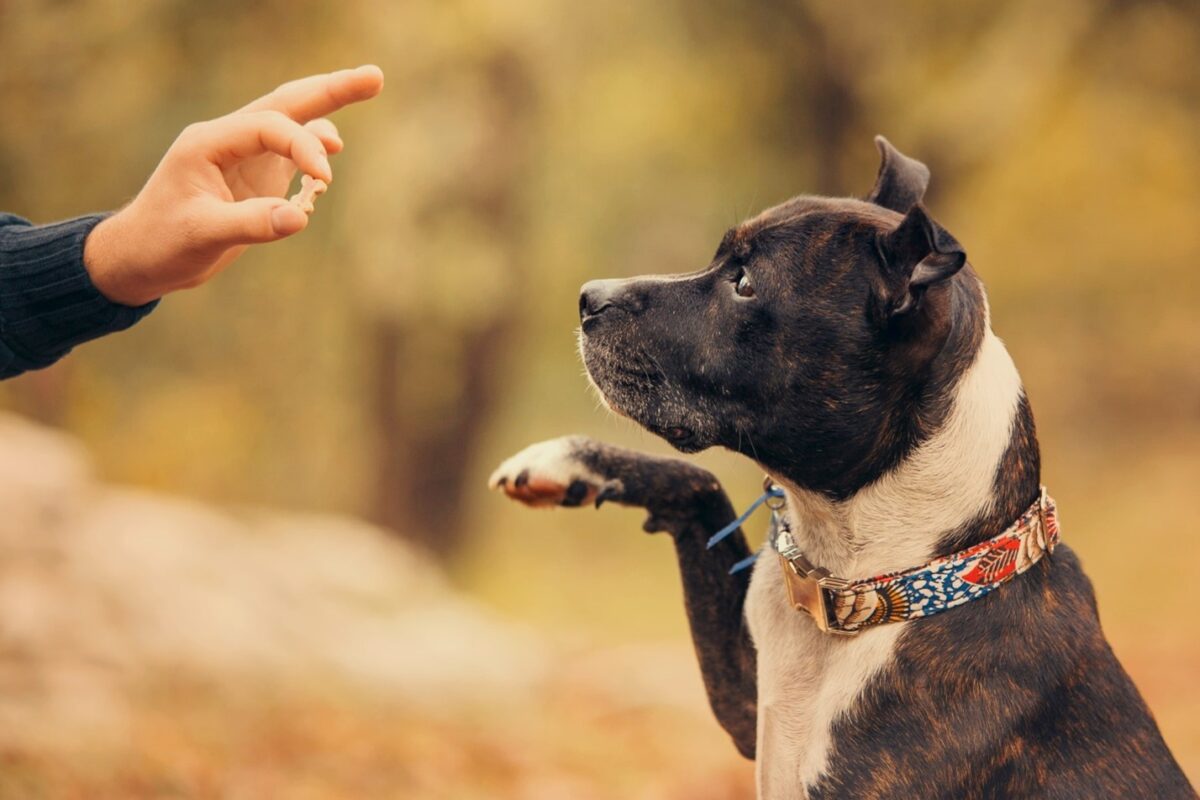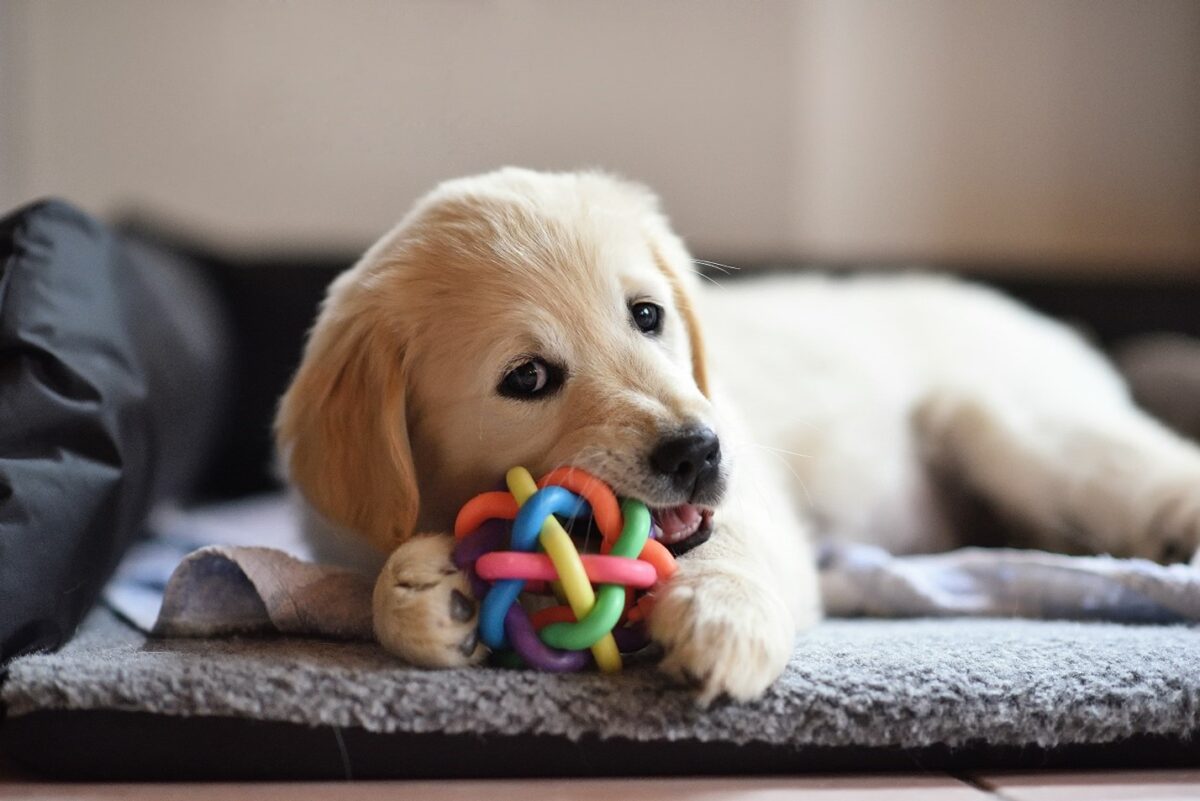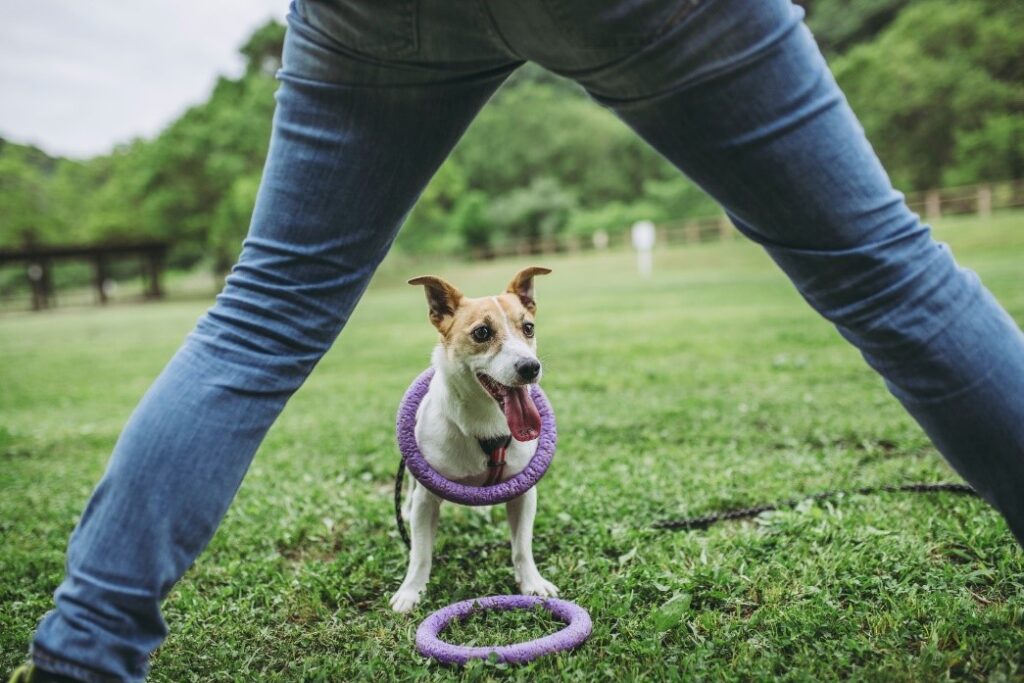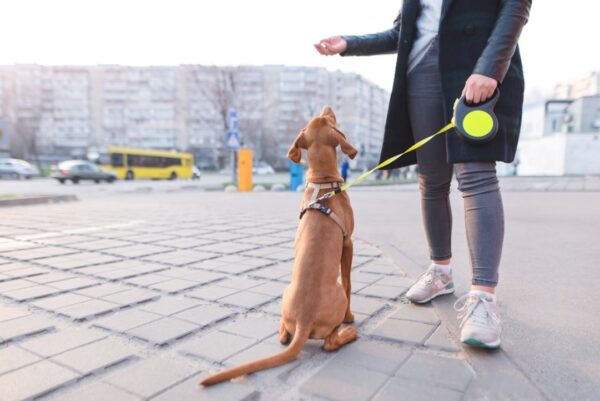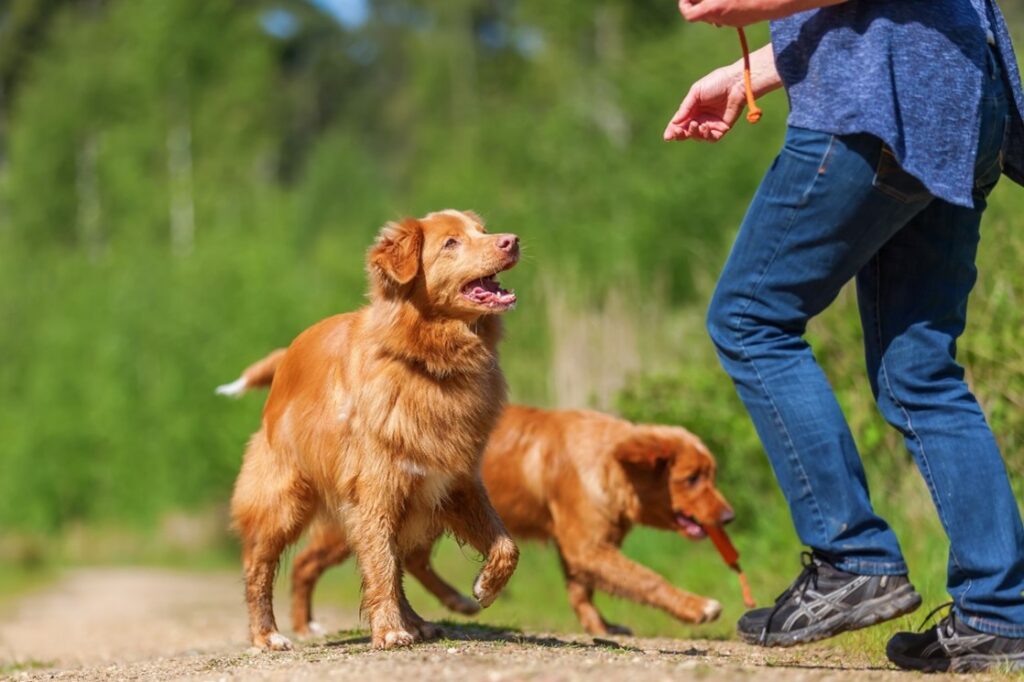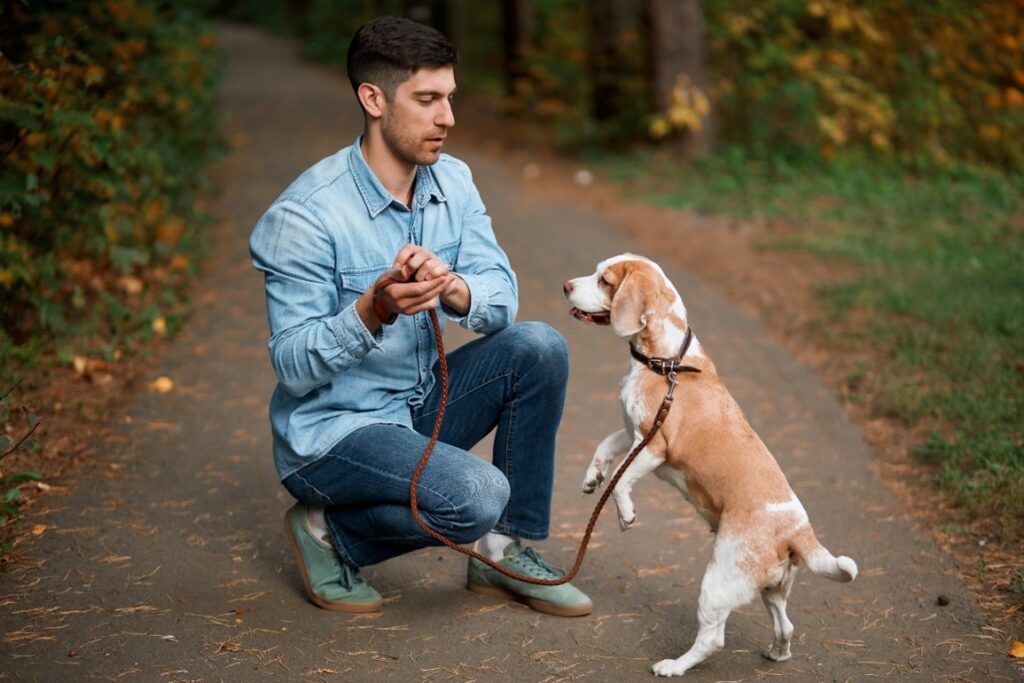Dogs bring joy, companionship, and loyalty into our lives, but sometimes their behavior can present challenges. Destructive habits like excessive chewing, relentless digging, and nonstop barking can frustrate even the most patient dog owners. Addressing these behaviors requires patience, understanding, and the right approach. Marissa Corbett of Shamong New Jersey emphasizes that every dog’s behavior is rooted in instinct, and modifying those instincts takes time, consistency, and reinforcement.
Understanding the Root Causes of Destructive Behavior
Before attempting to curb destructive tendencies, it is essential to understand why dogs engage in these behaviors. Every action they take serves a purpose—whether it is a coping mechanism, an attempt to communicate, or a way to release pent-up energy.
Chewing is a natural instinct for dogs. Puppies chew as they teethe, while adult dogs may do it out of boredom, anxiety, or even because they lack appropriate chew toys. When left unaddressed, this behavior can lead to shredded furniture, ruined shoes, and damaged household items.
Digging is another ingrained behavior, especially for breeds with a strong prey drive or history of hunting. Dogs may dig to escape, bury food, stay cool in warm weather, or simply out of sheer boredom. When a yard resembles a minefield, it is clear that the behavior has gone beyond occasional play.
Barking, though a natural way for dogs to communicate, can become excessive when it stems from separation anxiety, territorial instincts, or attention-seeking habits. While some barking is beneficial—alerting owners to potential threats—constant, unnecessary barking can be disruptive.
Addressing Chewing Issues
To prevent destructive chewing, dog owners must first provide appropriate outlets for this instinct. Investing in high-quality chew toys tailored to a dog’s age, size, and chewing strength can redirect this behavior. Puzzle toys, frozen treats, and rawhide alternatives can keep dogs engaged while satisfying their urge to chew.
Exercise plays a crucial role in minimizing destructive chewing. A tired dog is a well-behaved dog. Regular physical activity, whether in the form of walks, playtime, or structured training sessions, helps expend excess energy that might otherwise be directed toward inappropriate chewing.
For dogs prone to anxiety-driven chewing, behavioral training is key. Identifying triggers—such as being left alone or experiencing loud noises—can help owners implement strategies like crate training or desensitization techniques. Providing comfort through structured routines and safe spaces can minimize stress-induced chewing.
Managing Digging Behavior
Digging can be particularly challenging to curb, as it is often deeply ingrained in a dog’s instincts. One of the most effective strategies is to redirect the behavior rather than attempting to eliminate it completely. Creating a designated digging area filled with loose soil or sand allows dogs to satisfy their natural urges without destroying the yard.
Ensuring that dogs receive sufficient mental and physical stimulation can also reduce excessive digging. Bored dogs are more likely to dig, so engaging them in interactive play, training exercises, or agility courses can keep their minds and bodies occupied.
For dogs that dig to escape, securing the yard is crucial. Reinforcing fences, placing barriers along the perimeter, and supervising outdoor time can prevent breakouts.
Understanding the motivation behind escape attempts—whether it is to chase small animals, seek companionship, or explore—can guide training efforts to reduce the behavior.
Controlling Excessive Barking
Managing barking requires a careful balance between allowing a dog to express itself while preventing excessive noise. The first step is identifying what triggers barking episodes. Dogs may bark in response to unfamiliar sounds, strangers approaching the home, or even boredom.
Training techniques such as the “quiet” command can be useful in reducing unnecessary barking. By reinforcing calm behavior with treats and praise, dogs learn to associate quietness with positive outcomes. Consistency is key—responding the same way each time a dog barks helps reinforce the message.
Socialization also plays a role in barking behavior. Dogs that are exposed to a variety of people, animals, and environments from a young age are often less reactive to external stimuli. Gradual exposure to common triggers, paired with rewards for calm behavior, can help reduce excessive vocalization.
For dogs that bark out of anxiety, comfort measures such as crate training, calming music, or anxiety wraps can provide relief. Ensuring that a dog feels safe and secure can significantly decrease barking related to stress or separation anxiety.
The Role of Consistency in Behavior Modification
No matter the behavioral issue, consistency remains the most important factor in training. Mixed signals or inconsistent reinforcement can confuse dogs, making it harder for them to understand expectations. Establishing clear rules, routines, and boundaries allows dogs to learn effectively.
Timing is another critical component of training. Immediate reinforcement—whether rewarding good behavior or redirecting undesirable actions—helps dogs associate cause and effect. Waiting too long to correct behavior can make training less effective.
For owners struggling with persistent behavioral issues, seeking professional help can provide additional guidance. Trainers and behaviorists can tailor strategies to a dog’s specific needs, making the training process smoother and more successful.
Creating a Balanced Environment for Dogs
Addressing destructive behavior is not just about correction—it is about creating a balanced and fulfilling environment for dogs. Mental stimulation is just as important as physical exercise, and enrichment activities can prevent boredom-driven behaviors. Training sessions, interactive play, and scent games engage a dog’s mind and body, making them less likely to resort to destructive habits.
Building a strong bond between owner and dog also contributes to behavioral success. Trust, respect, and understanding foster a relationship where dogs feel secure, reducing stress-related behaviors like excessive chewing or barking.
Patience is essential in modifying any behavior. Dogs do not change overnight, and progress may take time. Celebrating small victories along the way reinforces positive training outcomes and keeps the process rewarding for both owner and pet.
By addressing the root causes, implementing consistent training, and providing appropriate outlets for natural instincts, dog owners can successfully curb destructive behaviors. In doing so, they create a harmonious living environment where both humans and their canine companions can thrive.

